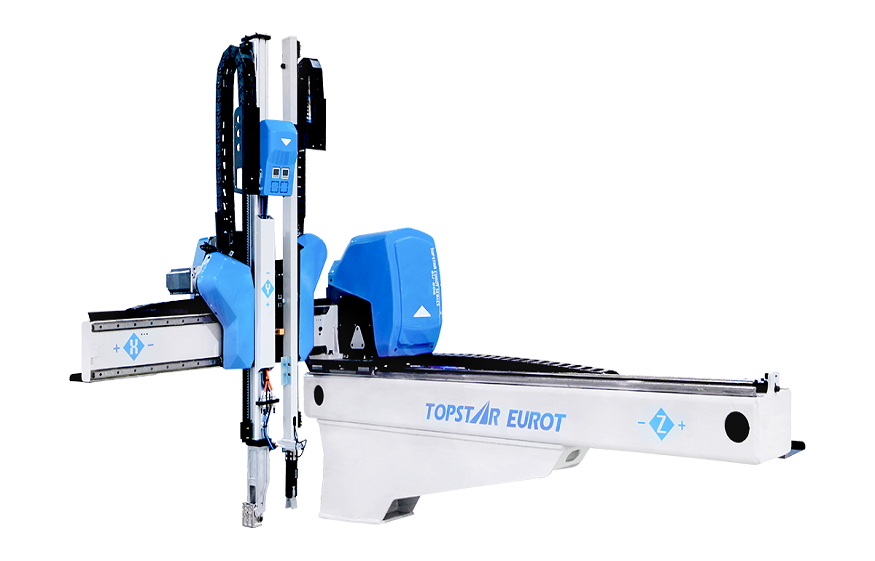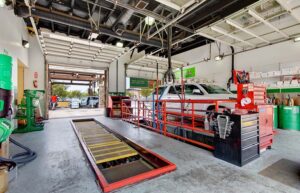
You may have heard about the benefits of injection molding robots for your business, but many people don’t know where to start. You might be tempted to build your own, but in reality, several best practices will help you avoid many of the headaches associated with creating something like this.
Find relevant examples
One of the best ways to get started is to look at examples of injection molding robots that have been built before.
Take a look at the strengths and weaknesses of these robots and what changes you could make to improve them.
Use off-the-shelf parts when possible
Using off-the-shelf parts will save you time and money and reduce the chance of failure. In addition, it allows you to focus on the core functionality of your robot instead of reinventing the wheel every time.
When building a robot, using your custom-made parts is very tempting to save time and money. However, this often leads to problems when troubleshooting a malfunctioning device.
Choose suitable materials
It would be best to consider several factors when choosing the material for your injection molding robot. The first one is its ease of machining and polishing. Suppose you’re building an industrial-grade product that needs to be highly precise. Then it’s better to choose a material that can be machined easily so that there’s no need for a lot of manual labor or handiwork to make it look nice.
Another thing to consider is whether the material has good thermal conductivity, which will determine how quickly heat moves through it during operation. This becomes especially important when dealing with large pieces such as car bodies or other large objects where multiple layers may be welded together at once. These parts will require some thermal management system inside them, so they don’t overheat while running through all those cycles during production time. Otherwise, they might start melting!
Finally, consider whether these properties affect strength/toughness under stress conditions.”
Design for accessibility, maintenance, and servicing
To save money, you must ensure that your robot is easy to maintain. You will save time and money if you make it easy to access the robot’s components. You can add a service hatch in the back plate of the injection molding machine or other accessible places on your production line.
When designing for accessibility, maintenance, and servicing ( AMS ), consider these best practices:
Ensure all parts can be removed from their mounting positions without tools or special skills.
Design connectors so they are easy to remove without damaging them.
Avoid too many screws or fasteners; use snap-in/snap-out designs where possible.
Provide clear instructions on how any adjustments should be made and where they are located.
Please keep it simple
Keeping things simple means using a single motor to drive the robot, a single axis for the robot, and a single controller. It also means using one power supply for all of these components.
This helps reduce complexity and makes it easier to troubleshoot if something goes wrong with your injection molding robot.
Build a powerful and efficient injection molding robot for your enterprise
Use examples to find relevant examples.
If you’re building a robot for your business, there’s likely that other companies have similar machines that can give you some insight into what works and what doesn’t work. Advantage of this by searching online for robotics articles or videos showing their robots’ capabilities.
Choose off-the-shelf parts when possible.
Not all your components need to be custom-made; many everyday items can be purchased from retailers such as Amazon or Autodesk 360 Marketplace. This reduces costs while still allowing for customization based on your specific needs as an operator working with injection molding machines in their facility. And it means less time spent figuring out how each part works together!
In general
We hope this article has given you insight into injection molding robots. Suppose you are still unsure whether this is the right technology for your business. We recommend looking at our website and reading our blog posts on other topics related to manufacturing automation. We have plenty of resources that can help answer any questions you may have!






